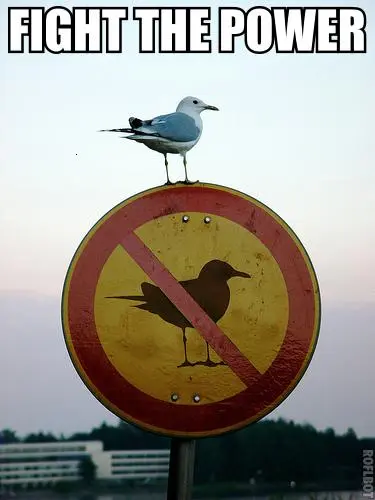

5e? Goblin. Obvious fit for the vibe, and mechanically gies you a bonus action disengage after you booming blade in melee, which covers you for the first 3 adventures. Bonus action Hide will be useful for all 7, especially if you opt for Infiltrator.










Sold out at $65 by July 3rd, back up but now for $999.
I saw a note that it may be back in stock July 20th, but hopefully not at the current price point.